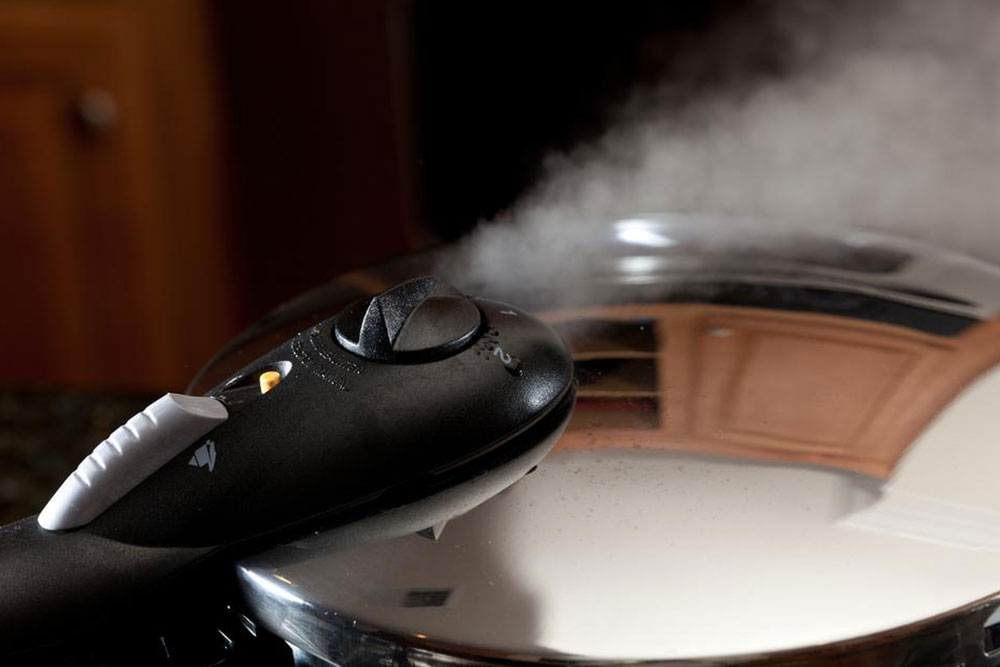A guide to understanding pressure cooker parts
A pressure cooker cooks foods under pressure with water or other liquids in a sealed pot. It’s one of the most useful equipment used in a kitchen. The parts of the pressure cooker are important in understanding how best one can utilize their pressure cooker.
Pressure cookers work by creating steam from water or other liquids to create pressure inside the pot and allowing fast cooking of the food.

A pressure cooker has various parts working together as a whole to make the perfect food. The pressure cooker parts are:
Lock loop
The whistle or air vent releases pressure naturally from the pressure cooker. When the air vent is releasing pressure, it is raised and is in the ‘up’ position. The lock loop ensures that the air vent remains raised while the pressure is released. The down position makes sure that there is no pressure in the pot and the steam is used to build pressure again. The lock loop helps to keep the air vent locked when there is no pressure.
Pressure regulator
The pressure regulator controls and keeps enough pressure built up inside the pot. This allows the food to be cooked in perfect pressure and conditions. Among all pressure cooker parts, the regulator is integral because the building and releasing of pressure are based on it.
Vent tube
The vent tube is the exit for steam and pressure. The pressure regulator is placed on the vent tube. When the pressure regulator assesses excessive pressure, the air vent is raised and the pressure escapes through the vent tube.
Pivot
The pivot is one of the most important pressure cooker parts. The pivot or lock pin works toward keeping the lock loop closed to prevent pressure from releasing before time or letting more pressure to escape from the pot.
Sealing ring
The sealing ring fits into the lid of the pressure cooker and is made of rubber. This helps seal the cooker and prevents pressure or steam from escaping from the sides.
Safety valve
The safety valve will discharge steam naturally if the vent tube is blocked and pressure cannot be released by itself.
Cooker body
It involves the main pot, a body handle, a secondary handle, the lid, lid handle, and whistle or air vent.











